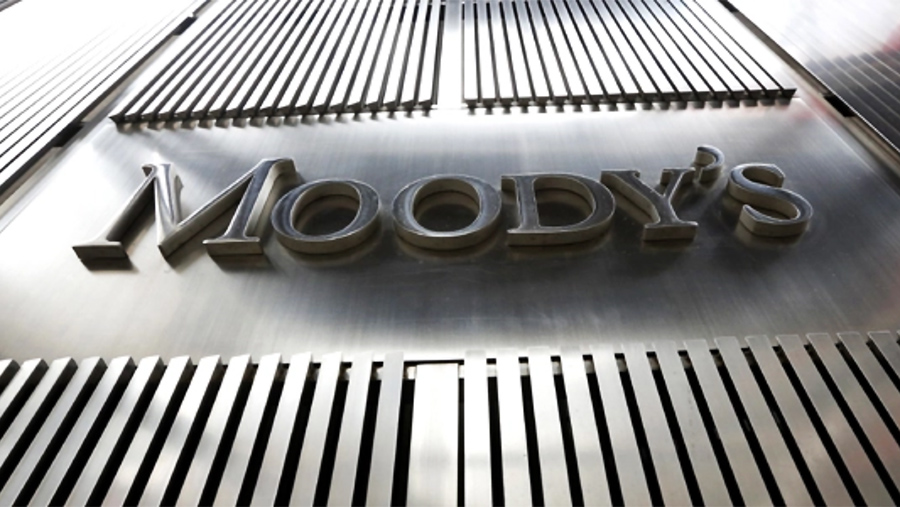Moody’s Investors Service has lowered its outlook from stable to negative for the U.S. retail and apparel industry. The rating agency said inflation, geopolitical risks, supply chain challenges, and falling demand point to broad profit declines, and operating margins will erode across every subsector.
“Retailers face deteriorating business conditions as they grapple with shipping delays, product shortages and inflation. We expect sales to increase 2-to-4 percent while operating profit is set to decline 1-to-3 percent over the next 12-to-18 months,” said Christina Boni, senior vice president Moody’s Investors Service.
Moody’s expects higher prices for energy, food, other necessities, and heightened financial market volatility to continue to weigh on consumer spending and sentiment. Retailers not only face shipping delays, product shortages and sharply higher container costs, but they now have to contend with cooling outsized demand.
Online, the largest underperforming category is driven by Amazon.com, which faces rising costs and excess capacity as demand normalizes, said Moody’s. Other vendors facing acute challenges include food and gas, big box and department stores, while four sectors see growth potential in the coming months—auto and auto parts, home improvement, value stores, and off-price.
Moody’s believes that as inflationary pressures continue, retailers’ ability to pass further price increases to consumers to mitigate rising costs will be tested. The consumer remains healthy due to low unemployment and increased savings, but the length and severity of the Ukraine/Russia military conflict could further undermine demand.
Other pressures include the potential escalation of supply chain constraints, including the upcoming labor negotiations for the contract expiring July 1 for U.S. West Coast dockworkers.
Moody’s said its negative outlook “reflects our expectations for fundamental business and financial conditions to weaken over the next 12-to-18 months. The outlook could change to stable if inflation abates or price increases can be passed on effectively, and the consumer remains healthy. Quantitatively, our outlook could return to positive should operating income growth exceed 4 percent.”
















